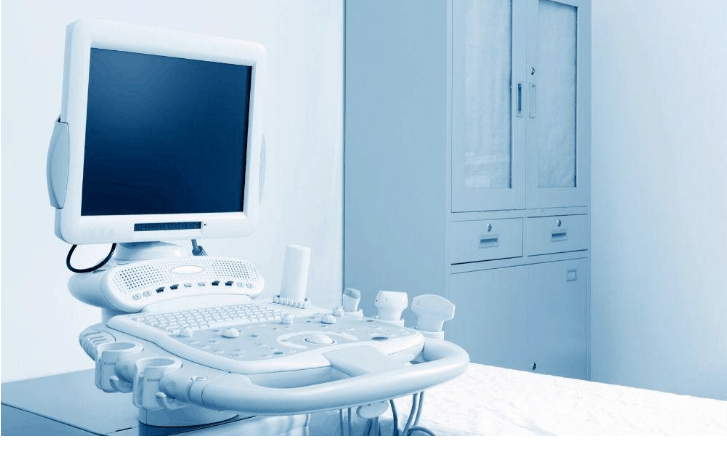Healthcare practices are important for keeping people healthy. With so many machines and devices, it’s hard to keep track of which device works the best for each medical practice. No matter what type of healthcare you perform, however, these are some pieces of equipment every healthcare practice needs for medical practitioners wishing to start their own practice or hospital.
Medical Imaging Device
Medical imaging devices create visual representations of the body’s interior to analyze. This can display organs, tissue, brains, and muscle to show any diseases or abnormalities. Some common forms of medical imaging include radiography, ultrasounds, tactile imaging, x-rays, CT scans, and MRIs. Medical imaging has become increasingly common in clinical trials for visual quantitative assessment.
Stationary or Portable Oxygen Tanks
Oxygen tanks give individuals who have difficulty breathing the ability to breathe properly. These tanks act as an oxygen storage vessel in which pressurized gas containers release oxygen through an oxygen mask. Ensure to use a digital flowmeter for a constant mass flow rate, volumetric flow rate, gas temperature, atmospheric pressure, and gas pressure.
Infusion Pumps
Infusion pumps infuse fluids, medication, or nutrients into a patient’s circulatory system intravenously. These pumps produce high and controlled pressures. There are three main types of infusion: continuous, intermittent, and patient-controlled. Continuous infusion consists of small pulses of infusion set at a programmed speed. Intermittent infusion alters between a high and low infusion rate to keep the cannula open. Typically, this is to infuse antibiotics or other drugs through the blood vessels. A patient-controlled infusion allows patients to control a pressurized pad or button to administer medicine, but there’s a preprogrammed mechanism to prevent intoxication or hazardous levels.
Medical Ventilators
These devices are designed to manage breathable air in and out of the lungs. Patients who do not have the ability to breathe, such as in surgery or in a coma, will utilize this. Different types of medical industries use them, from intensive care units to home care and emergency medicine.
Incubators
Incubators maintain a suitable environment for newborn or premature babies. These devices have many responsibilities in maintaining a baby’s optimal health. Incubators have blood pressure monitors, oxygen hoods, and ventilators. It can also provide nutrients, administer medications, and maintain an optimal fluid balance and air humidity. They are also designed to protect against cold temperatures and germs.
The Editorial Team at Healthcare Business Today is made up of skilled healthcare writers and experts, led by our managing editor, Daniel Casciato, who has over 25 years of experience in healthcare writing. Since 1998, we have produced compelling and informative content for numerous publications, establishing ourselves as a trusted resource for health and wellness information. We offer readers access to fresh health, medicine, science, and technology developments and the latest in patient news, emphasizing how these developments affect our lives.








